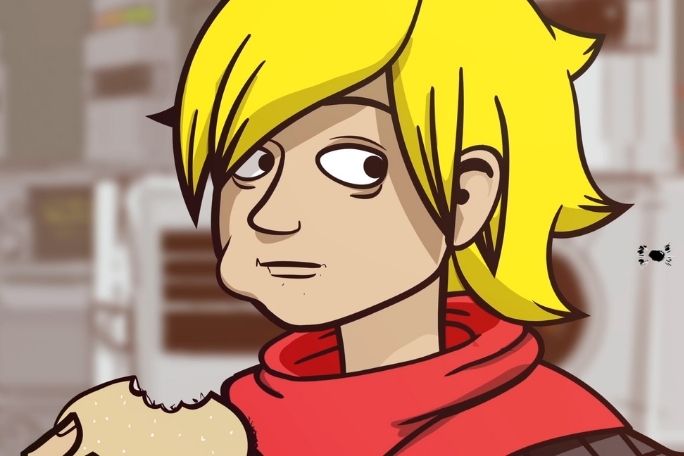Lesson summary
Students explore the role of technology in developing solutions to real world problems. They begin by exploring what is meant by the term ‘technology’. They then look at how technology is used in the real-world problem presented in the Global Problem Solvers series. They analyse this technology, recognising a range of challenges to using it, including social and environmental challenges. Students are then asked to develop their own technological solutions to the GPS broken well problem and to create a technical drawing to present and share their ideas. Finally, students reflect on the value of testing and retesting ideas to ensure successful solutions to real world problems.
Learning intentions:
Students will...
- recognise different types of technology
- understand that technology can play an important role in real world problems
- understand that there are challenges with using technological based solutions
- understand the value of testing a solution before implementing it
Success criteria:
Students can...
- create an annotated technical drawing
- work independently and collaboratively
- participate in class and group discussions
- propose solutions to real world problems
Lesson guides and printables
Curriculum links
Select your curriculum from the options below.
Lesson details
Curriculum mapping
Australian curriculum content descriptions:
Year 3 HASS:
- Reflect on learning to propose actions in response to an issue or challenge and consider possible effects of proposed actions (ACHASSI060)
Year 4 HASS:
- Reflect on learning to propose actions in response to an issue or challenge and consider possible effects of proposed actions (ACHASSI081)
Year 3 and 4 Design and Technologies:
- Recognise the role of people in design and technologies occupations and explore factors, including sustainability that impact on the design of products, services and environments to meet community needs (ACTDEK010)
- Generate, develop, and communicate design ideas and decisions using appropriate technical terms and graphical representation techniques (ACTDEP015)
- Evaluate design ideas, processes and solutions based on criteria for success developed with guidance and including care for the environment (ACTDEP017)
Syllabus outcomes: GE2-4, ST2-5WT, ST2-11LW, ST2-14BE, ST2-15I, ST2-16P.
General capabilities: Critical and Creative Thinking.
Relevant parts of Year 3 HASS achievement standards: Students reflect on their learning to suggest individual action in response to an issue or challenge
Relevant parts of Year 4 HASS achievement standards: Students reflect on their learning to propose action in response to an issue or challenge, and identify the possible effects of their proposed action
Relevant parts of Years 3 and 4 Design and Technologies achievement standards: Students explain how products, services and environments are designed to best meet the needs of communities and their environments. They explain needs or opportunities and evaluate ideas and designed solutions against identified criteria for success, including environmental sustainability considerations. They develop and expand design ideas and communicate these using models and drawings including annotations and symbols.
This lesson is part of the wider unit of work Cisco Global Problem Solvers – HASS – Years 3 & 4
Time required: 60 mins
Level of teacher scaffolding: Medium – lead students in guided discussion, oversee group activities
Resouces required
- A3 paper and pens/pencils
- Background Information – Series 1 factsheet
- Device capable of presenting a website to the class
- Student Worksheet – one copy per student
Skills
This lesson is designed to build students’ competencies in the following skills:
- Communication
- Collaboration
- Critical thinking
- Problem solving
- Social skills
Additional info
These lessons have been developed in partnership with Cisco. Cisco believes that our future will be defined by global problem solvers – global citizens ready to thrive in a connected and digital future by thinking like entrepreneurs, innovating like technologists, and acting as agents of social change.


Welcome back!
Don't have an account yet?
Log in with:
Create your free Cool.org account.
Many of our resources are free, with an option to upgrade to Cool+ for premium content.
Already have an account?
Sign up with:
By signing up you accept Cool.org's Terms and Conditions(Opens in new tab) and Privacy Policy(Opens in new tab).